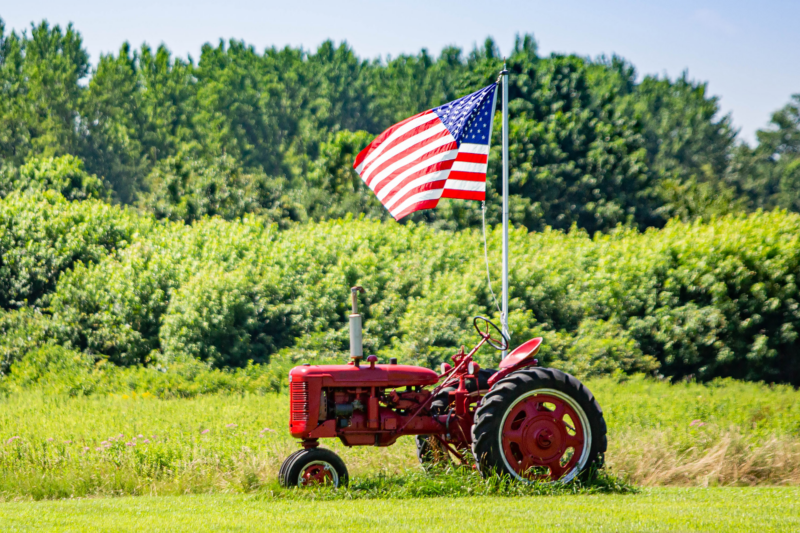Toward the end of the 1980s, the divergence between Europe and the United States in terms of agricultural output became noticeable. While Europe has retained a steady agricultural production level since about 1985, the United States doubled its productivity between 1960 and the year 2000 and is on route to breaking the 150 percent productivity gain in the near future. Meanwhile, American agricultural inputs are slowly retracting to the levels of the 1960s, meaning the U.S is producing a much larger amount of food with fewer resources. For instance, in maize production, this means that the United States produces 70 bushels per hectare, while European countries make less than 50.
The European policies have, in fact, made farming less sustainable because Europe has neglected the innovation angle… Europe still produces over 65 percent of its food on conventional tilling. The reason: no-till farming requires a more considerable use of pesticides, which are frowned upon in Europe.
Without innovation, agriculture cannot become more sustainable. While the European Union intends to reduce farmland, cut synthetic pesticide use and keep novel biotech solutions illegal… The USDA’s Agriculture Innovation Agenda (AIA) advances the notion that more innovation, through public and private research and investment, makes the food system more efficient and sustainable.































